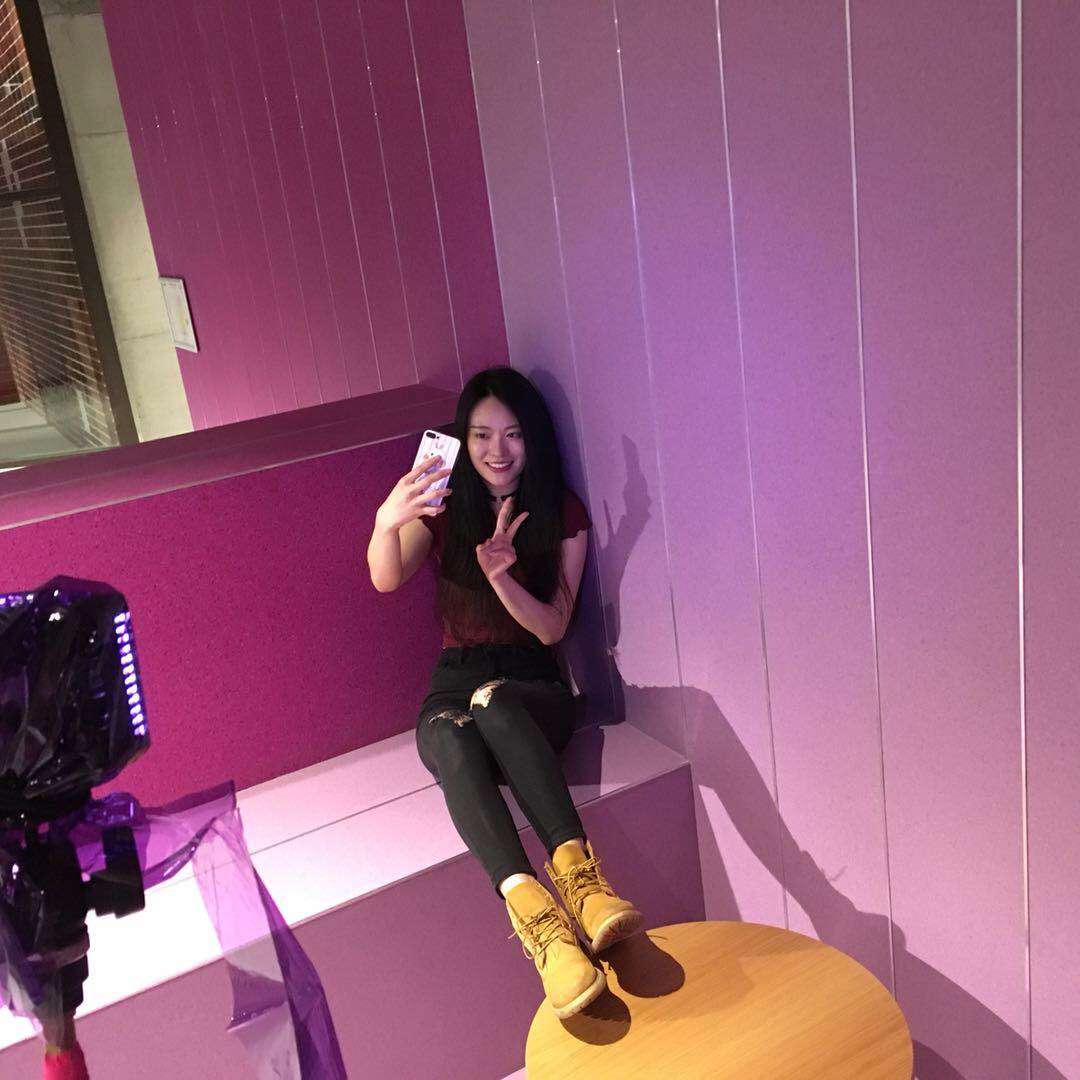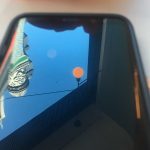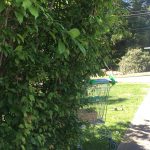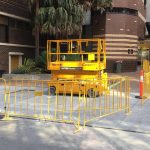-Scene Analysis-
Movie <Collective Intention>, 2015, directed by Oh-Kwang Kwon
Movie Trailer:
The movie is about the main character Gu who becomes a half-man, half-fish after a participation in testing for big pharmaceutical company Ganmi Medical goes disastrously awry when he sprouts scales, webbed hands and a fish’s head. After Gu’s transformation to a ‘Fishman’, the movie described his journey from fame and peak merchandising potential until being spurned by the society.
Scene chose(from 47:25 ~ 50:05):
Instead of choosing a new movie I haven’t seen before, I chose a movie I have seen but didn’t focus too much on its cinematography, the only thing I remember was the colour tone was grey and gloomy overall. After studying this course, I noticed a lot more than the first time I watched this movie.
(First shot of this scene – wide shot)
The chosen scene was about the main character Gu’s journey of a ‘fish-man’ has passed the peak, negative voices gradually spread out in the society, he was even framed as ‘jerked off’ in front of a married woman. Overall, this scene is much darker than the other scene in throughout the movie with a cool tone(purple and blue), if we look at the first shot of this scene, we can hardly see the actor’s side face, the lightest light source came from the ceiling where we see the reflection on the old man’s forehead and the actor’s nose sitting on the left. There are two key light sources I can see in from the first shot, ceiling light and light source outside the window. They are both very soft but I can tell the key lighting is the light on the ceiling. However, even the light sources in this scene are very soft and grey, but the details can still be seen in each shot especially in character’s mid close-up.
(Character close-up )
As is shown in the first shot, the key light source is above where the actor stands. there isn’t any light source close to where the camera is set because of the fish-man Gu’s side face has no filled lighting in the wide shot. However, when I rewind to watch the scene for multiple times, I discovered there is actually another light source in this scene but it’s very soft and adjusted in the same cool colour tone which the audience never realised. There were two clues where I discovered the extra light source, firstly, the direction of the key light source has changed. If there isn’t any extra light source, the area close to where the camera is set including Gu’s left face would be in the dark as is shown in the wide shot, the light source came from the ceiling is being reflected on the old man’s forehead. However, when we look at Gu’s mid close-up shot, we can see his left face is lit up with soft light but is much lighter than the wide shot, details are shown including Gu’s fish scale.
Secondly, I can also tell there is the extra light source used in this scene, in the wide shot, the door behind the actor who is standing has no lighting whereas in the character’s mid close-up I can see light reflected on the door behind him above the television. The actor’s both shoulder is lit up in the close-up whereas his left shoulder is shaded by the wide shot.





















